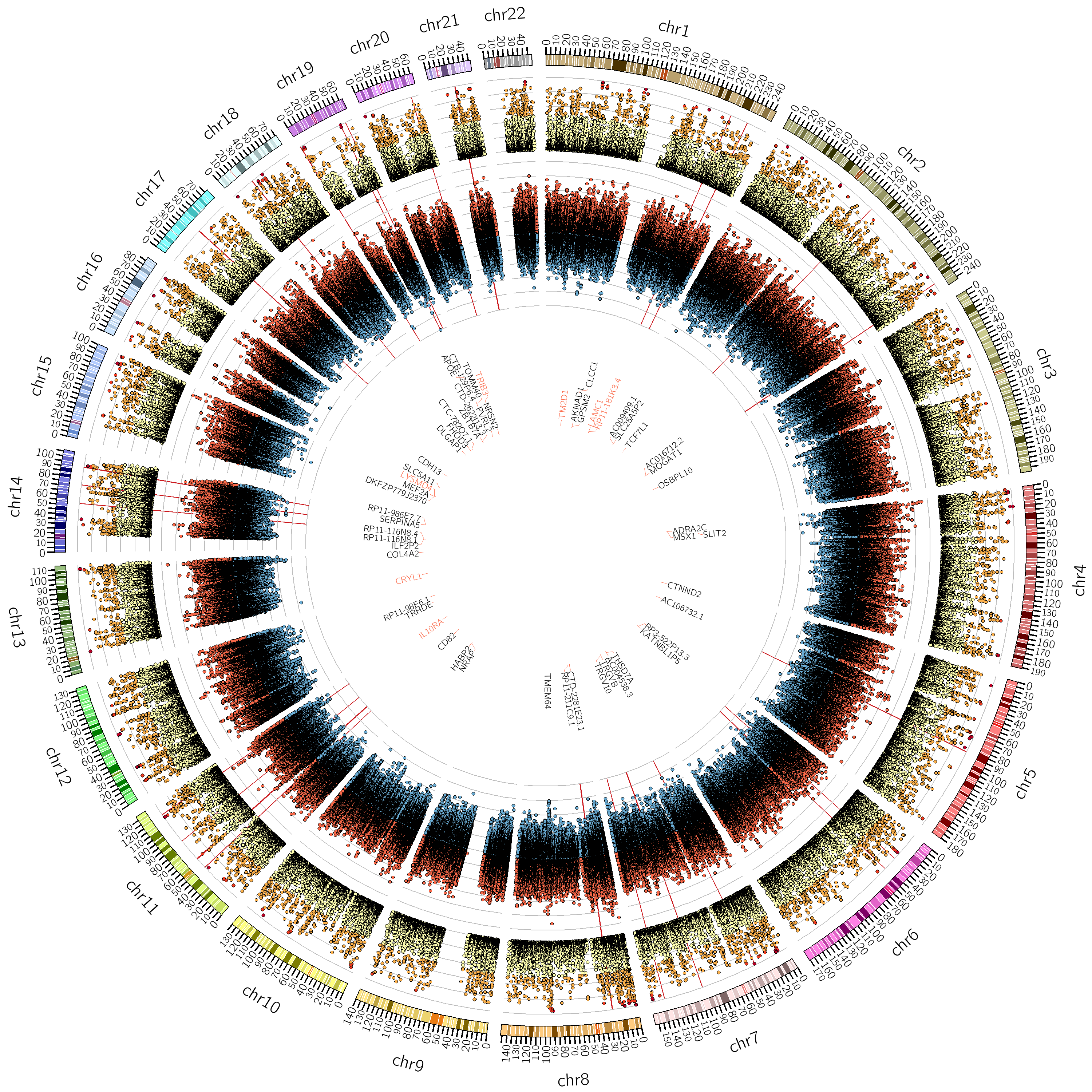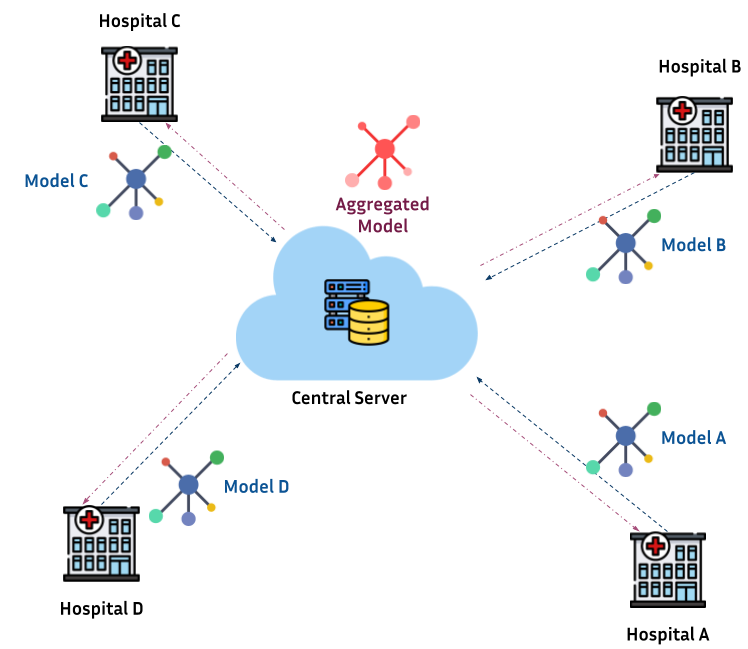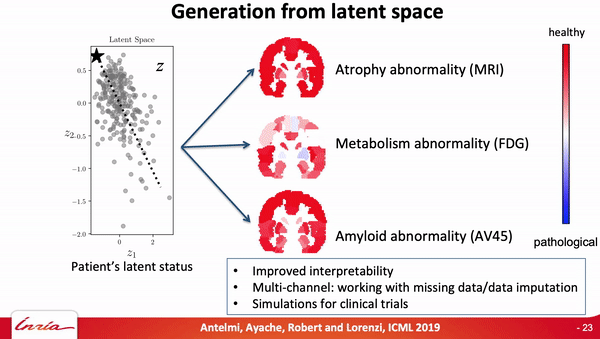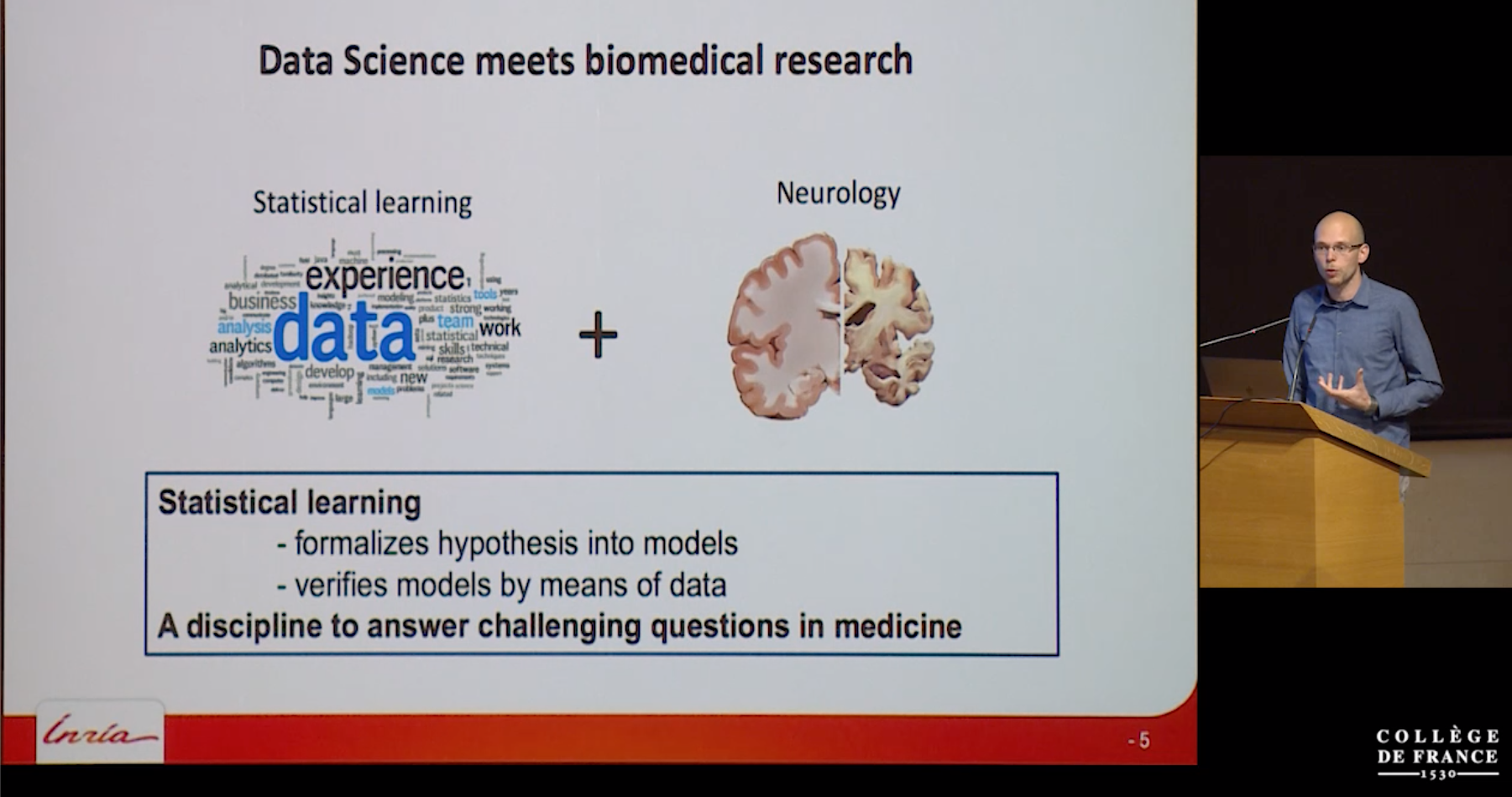My research is on the theory and practical use-cases of federated learning (FL), with a special focus in healthcare applications. Current topics include:
- Studying the statistical properties of aggregation mechanisms and clients’ sampling methods in heterogeneity FL setting;
- Investigating robust FL methods with respect to clients' heterogeneity and attacks;
- Developing the FL software Fed-BioMed, an open source project focused on empowering biomedical research using non-centralized approaches for statistical analysis and machine learning;
Software and papers:
My research activity focuses on the definition of learning algorithms for jointly modeling of heterogeneous biomedical information. Data complexity and heterogeneity represents a major computational and statistical challenge, ultimately affecting the interpretability and generalization of modeling results.
Tutorials:
- Handling heterogeneity in the analysis of biomedical information (From 3IA-HDH Winter School 2021 )
- Overview of multi-view methods for multimodal data analysis (Colab notebook)
Software and papers:
I'm interested in the study of learning algorithms for modeling and predicting longitudinal changes in imaging, clinical and biological data. We can think of time series of patients' data as measurements from an underlying disease progression trajectory spanning several years. Yet, when we observe the patients during a clinical trial, the disease time information is unknown. This fascinating research topic aims at reconstructing the natural history of a pathology from individual time series of clinical and medical imaging data.
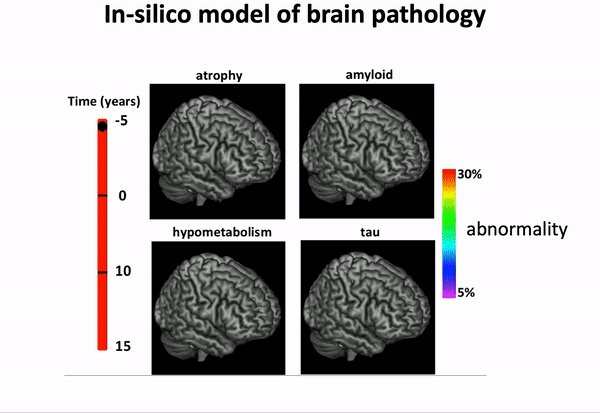
Tutorials:
One of my main research axis consists in studying the relationship between brain phenotypes quantified by neuroimaging (such as atrophy, or connectivity) and individual's genetic profile. This challenging research field requires the development of efficient and powerful statistical models for studying multivariate patterns of associations between imaging and genetics data. The circle plot on the left shows the genetic locations significantly associated to the brain cortical thinning shown on the right hand side.
